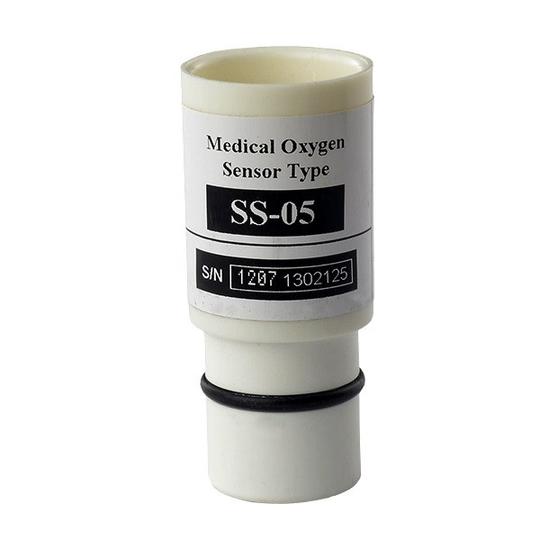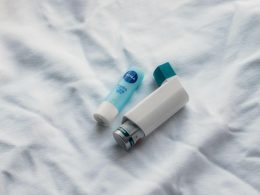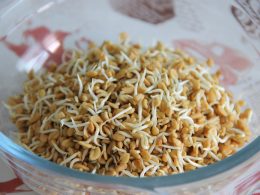Table of Contents
An essential part of contemporary healthcare, taking the time to review your blood oxygen levels can help provide insight about your overall health. But with so many options available and confusion surrounding Covid 19, it can be difficult to know exactly what you should be monitoring and how.
So, what exactly is your blood oxygen level and how can you monitor it when it potentially matters most?

What is your Blood Oxygen Level?
Put simply, your blood oxygen (or blood ox, or SPO2) levels track the percentage of oxygen in your blood. A vital element when it comes to personal health, oxygen supports a process known as cellular respiration where the oxygen present in your bloodstream is used to release energy from food. These include sugars, amino acids, fatty acids, and more and work to keep your body running to the best of its ability.
Normal oxygen saturation falls in the high 90 percentiles, with most individuals tracking anywhere between 95-100% saturation. Below this and your body starts to suffer and require more energy to carry out the reaction, potentially resulting in issues like hypoxemia and hypoxia. These can be incredibly dangerous and potentially come about quickly.
Why is it so important?
Aside from the normal issues around blood oxygen, your levels become incredibly important in the wake of Covid 19. While research is ongoing, many practitioners have used blood oxygen saturation as a marker for recovery and infection.
Many individuals who have been otherwise asymptomatic have displayed reduced blood oxygen levels in their body. And for those who are being monitored in hospital or at home, tracking blood oxygen saturation can be a critical way to track their daily health.
In addition, one of the most common symptoms of Covid 19 infection has been pneumonia. This is where the tissues of the lungs inflame as an immune response, making the body work harder to draw breath and resulting in reduced oxygen in the lungs.
In these cases, many individuals use medical sensors to track their eventual recovery and ensure that their o2 levels remain healthy and intervene where that is not the case.
How is it monitored?
While blood oxygen is important to track, it is mercifully easy to monitor. While any hospital will have medical oxygen sensors that monitor patients, advancements in modern technology allow for easy measuring through the use of a blood oxygen sensor.
This is a small device that clips onto a finger or thumb of a patient and measures the degree of light absorption of the skin. Painless and quick, this allows for a highly accurate blood oxygen reading within seconds.
These devices are quite small and are easily picked up through online stores and official providers, letting you add one to your everyday carry with little problem.
While these are straightforward to use, it is essential that you take the time to secure a reliable model that can be trusted to give an accurate reading. And if you are genuinely concerned about your health, taking the time to consult your doctor or a medical practitioner is absolutely essential.















